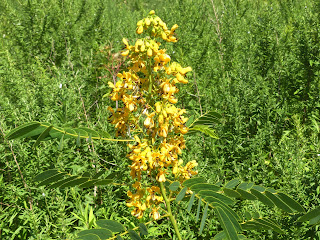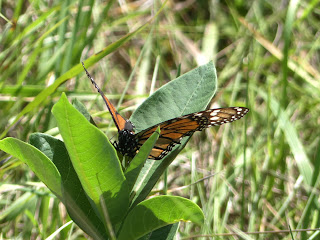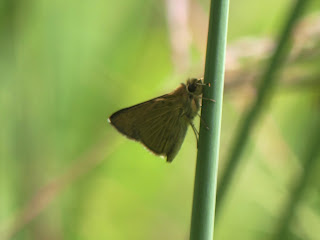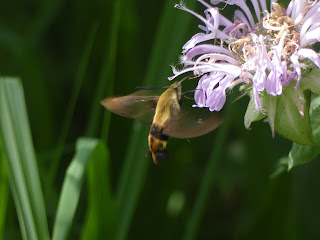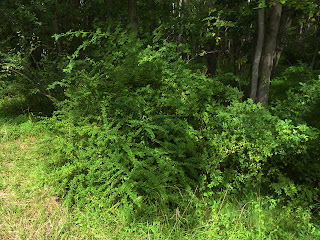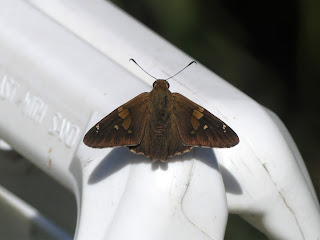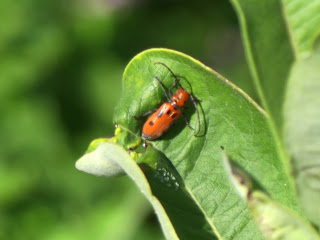Bald-faced Hornet

Here's someone that's certainly around central NJ (and most of the 48 contiguous states): the Bald-faced Hornet . Being closer to white than yellow, building above-ground nests, and being slightly larger than some other yellowjackets is probably why they have "hornet" in their name despite not being hornets . The other reason for the misnaming is that yellowjackets and hornets are fairly close relatives that look pretty similar. I actually looked for a good online article on the differences between yellowjackets and hornets, and most of the ones I found said things that were wrong. This video isn't scientific, but AFAIK it's accurate (though the chicken/squirrel stuff at the end is a little off topic). These wasps build many of the large papery nests that you'll frequently see hanging from trees once the leaves fall [1]. In many cases I'll find that I had been walking near their nests all summer without being harassed by them. If you're not perce


